Source: iotforall.com A paper published by researchers at Carnegie Mellon University, San Francisco research firm OpenAI, Facebook AI Research, the University of California at Berkeley, and Shanghai Jiao Tong University describes a paradigm that scales up multi-agent reinforcement learning, where AI models learn by having agents interact within an environment such that the agent population increases in Read More
Tag: Reinforcement Learning

Source: devclass.com Google AI researchers have looked into ways of making reinforcement learning scale better and improve computational efficiency. The result is called SEED RL and can now be explored via GitHub. SEED stands for scalable, efficient, deep reinforcement learning and describes a “modern RL agent that scales well, is flexible and efficiently utilises available Read More
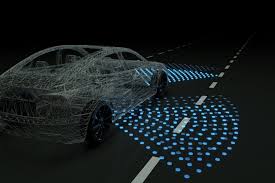
Source: news.mit.edu A simulation system invented at MIT to train driverless cars creates a photorealistic world with infinite steering possibilities, helping the cars learn to navigate a host of worse-case scenarios before cruising down real streets. Control systems, or “controllers,” for autonomous vehicles largely rely on real-world datasets of driving trajectories from human drivers. Read More
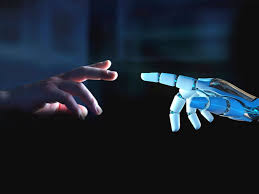
Source: inc42.com The last decade of tech was to a large part defined by the advent of Deep Supervised Learning (DL). The availability of cheap data at scale, computational power, and researcher interest have made it the de-facto school of algorithms used for most pattern recognition problems. Face recognition on social media, product recommendations on sites, voice Read More
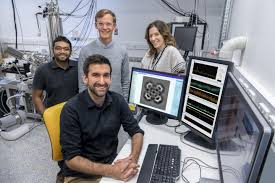
Source: eurekalert.org An Australian-German collaboration has demonstrated fully-autonomous SPM operation, applying artificial intelligence and deep learning to remove the need for constant human supervision. The new system, dubbed DeepSPM, bridges the gap between nanoscience, automation and artificial intelligence (AI), and firmly establishes the use of machine learning for experimental scientific research. “Optimising SPM data acquisition Read More
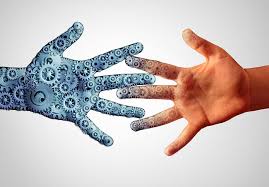
Source: middleeastheadlines.com Often it feels like every internet site, application, or maybe efficiency device is mentioning Artificial Intelligence 101 (AI) as the top-secret component for their financial success. What’s even less frequent is a breakdown of what Artificial Intelligence is, the reason that it’s so great, and even the way service providers are taking advantage Read More

Source: venturebeat.com One way to test machine learning models for robustness is with what’s called a trojan attack, which involves modifying a model to respond to input triggers that cause it to infer an incorrect response. In an attempt to make these tests more repeatable and scalable, researchers at Johns Hopkins University developed a framework Read More
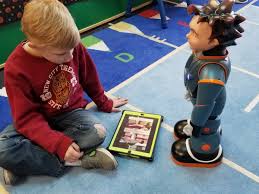
Source: screenshot-magazine.com In the last few years, advancements in technologies have opened up promising new ways for humans to utilise robots. And although many people still fear AI and robotics by only perceiving them as what will replace humans altogether and take our jobs, a few have already realised their potential in helping the sector Read More

Source: venturebeat.com A preprint paper coauthored by scientists at Facebook AI Research describes Rewarding Impact-Driven Exploration (RIDE), an intrinsic reward method that encourages AI-driven agents to take actions in an environment. The researchers say that it outperforms state-of-the-art methods on hard exploration tasks in procedurally generated worlds, a sign it might be a candidate for devices like robot Read More
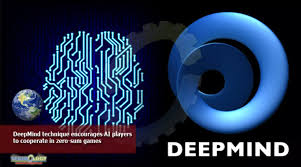
Source: technologytimes.pk In “Learning to Resolve Alliance Dilemmas in Many-Player Zero-Sum Games,” DeepMind — the research division of Alphabet whose work chiefly involves reinforcement learning, an area of AI concerned with how software agents ought to take actions to maximize some reward — introduces an economic competition model with a peer-to-peer contract mechanism that enables the discovery and enforcement Read More
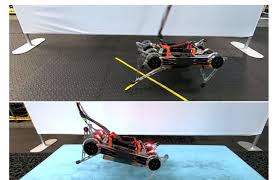
Source: techxplore.com The field of robotics took one step forward—followed by another, then several more—when a robot called Rainbow Dash recently taught itself to walk. The four-legged machine only required a few hours to learn to walk backward and forward, and turn right and left while doing so. Researchers from Google, UC Berkeley and the Read More
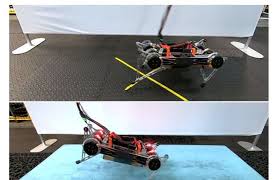
Source: techxplore.com The field of robotics took one step forward—followed by another, then several more—when a robot called Rainbow Dash recently taught itself to walk. The four-legged machine only required a few hours to learn to walk backward and forward, and turn right and left while doing so. Researchers from Google, UC Berkeley and the Read More
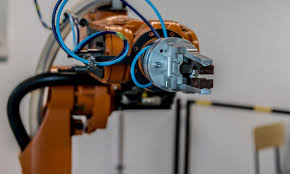
Source: unite.ai The AI startup Covariant and the industrial robotics company ABB will be partnering to engineer sophisticated robots that can pick up and manipulate a wide variety of objects. These robots will be used in warehouses and other industrial settings. As Fortune reported, the industrial robotics company ABB is primarily involved in the creation of Read More

Source: analyticsindiamag.com AI research startup DeepMind has now open-sourced new libraries for neural networks and reinforcement learning based on JAX. JAX is a numerical computing library launched by Google a couple of years ago, and can automatically differentiate native Python and NumPy functions. JAX uses XLA (Accelerated Linear Algebra) to compile and run your NumPy programs Read More
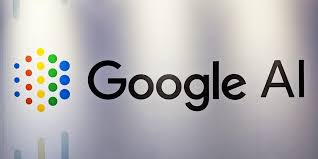
Google researchers use multiple cameras to reduce error rates for robot insertion and stacking tasks
Source: venturebeat.com Object-manipulating robots rely on cameras to make sense of the world around them, but these cameras often require careful installation and ongoing calibration and maintenance. A new study published by researchers at Google’s Robotics division and Columbia University proposes a solution, which involves a technique that learns to accomplish tasks using multiple color cameras without Read More
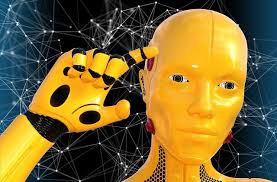
Source: dqindia.com Over the past few decades, technology-based innovations have added a new meaning to business conversations, thus changing the way we live and work in the digital age. With increased focus on improving business agility and performance, to sail through the challenging age of digital transformation, it is in the interest of modern businesses Read More

Source: venturebeat.com Reinforcement learning, which spurs AI to complete goals using rewards or punishments, is a form of training that’s led to gains in robotics, speech synthesis, and more. Unfortunately, it’s data-intensive, which motivated research teams — one from Google Brain (one of Google’s AI research divisions) and the other from Alphabet’s DeepMind — to prototype more Read More
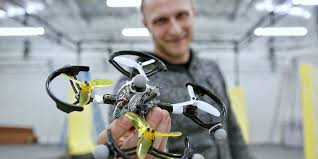
Source: viterbischool.usc.edu Drones, specifically quadcopters, are an adaptable lot. They’ve been used to assess damage after disasters, deliver ropes and life-jackets in areas too dangerous for ground-based rescuers, survey buildings on fire and deliver medical specimens. But to achieve their full potential, they have to be tough. In the real world, drones are forced to Read More
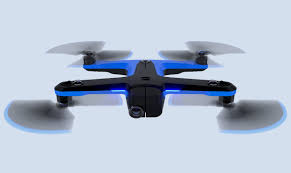
Source: spectrum.ieee.org A version of this article was originally published on Medium. The views expressed here are solely those of the authors and do not represent positions of IEEE Spectrum or the IEEE. We here at Skydio have been developing and deploying machine learning systems for years due to their ability to scale and improve Read More

Source: newsdio.com In 1997, Hiroaki Kitano, a research scientist at Sony, helped organize the first Robocup, a robot soccer tournament that attracted teams of robotics and artificial intelligence researchers to compete in the picturesque city of Nagoya, Japan. At the beginning of the first day, two teams of robots took the field. While the machines Read More

Source: analyticsindiamag.com A team at NYU and Modl.ai have posited in their recent work, that simple image processing techniques (listed below) can improve the generalisation in deep reinforcement learning systems. RL systems are typically trained on gaming platforms which are test beds for teaching agents new tasks through visual cues. By exploiting the field of views of Read More

Source: venturebeat.com In reinforcement learning, the goal generally is to spur an AI-driven agent to complete tasks via systems of rewards. This is achieved either by learning a mapping (a policy) from states to actions that maximize an expected return (policy gradients), or by inferring such a mapping by calculating the expected return for a given Read More

Source: e27.co CEOs are confronted daily with the speed of technology evolution, under pressure to transform organisations to ensure they stay competitive, relevant and prepared for the next wave of change. Business leaders are also challenged to be informed about new technology and resources and to determine the best for their organisations. All while also Read More

Source: syncedreview.com “Generalization” is an AI buzzword these days for good reason: most scientists would love to see the models they’re training in simulations and video game environments evolve and expand to take on meaningful real-world challenges — for example in safety, conservation, medicine, etc. One concerned research area is deep reinforcement learning (DRL), which Read More
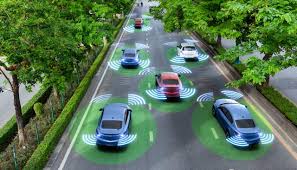
Source: newswise.com Newswise — The future of commuter traffic probably looks something like this: ride-hailing companies operating fleets of autonomous electric vehicles alongside an increasing number of semi-autonomous EVs co-piloted by humans, all supported by a large infrastructure of charging stations. This scenario is particularly likely in California, which has committed to reducing carbon emissions Read More

Source: crn.in Modern day enterprises need to be very agile and efficient in order to succeed in today’s hyper-competitive business markets. Manufacturing is no different. Technology has revolutionised how manufacturing is done and new advances in technology are continuing to make their way in high-tech manufacturing industries in 2020 and beyond. Particular sets of technologies Read More
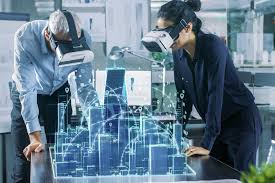
Source: edgy.app A team of researchers has developed a predictive touch response mechanism for enhanced human-to-machine Interaction. Experts have predicted that the next phase of IoT could be Tactile Internet. So, humans will be able to interact with a remote or virtual object and experience realistic haptic feedback. Now a team of researchers led by Elaine Wong at the University of Melbourne has brought us Read More
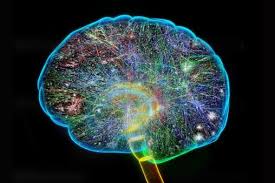
Source: eurekalert.org Imagine that you met a charming girl in school. She is an excellent student who concerns about the world welfare and is anti-war and anti-nuclear. Which do you think she is most likely to become in the future, a bank counter clerk, or, a bank counter clerk and feminist? Surveys show that most Read More
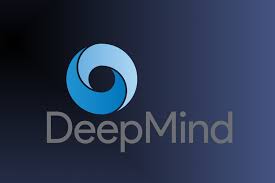
Source: analyticsinsight.net We usually hear a lot about human-level AI or artificial intelligence but little do we realize that the human mind and AI are actually quite interlinked. The brain’s neural network and artificial neural network possess some similarities between themselves. Both are trained on data, while the brain learns from real-life data and experiences Read More
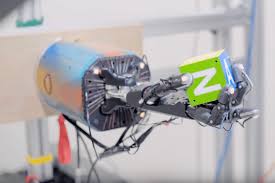
Source:bdtechtalks.com Two separate studies, one by UK-based artificial intelligence lab DeepMind and the other by researchers in Germany and Greece, display the fascinating relations between AI and neuroscience. As most scientists will tell you, we are still decades away from building artificial general intelligence, machines that can solve problems as efficiently as humans. On the path to Read More
